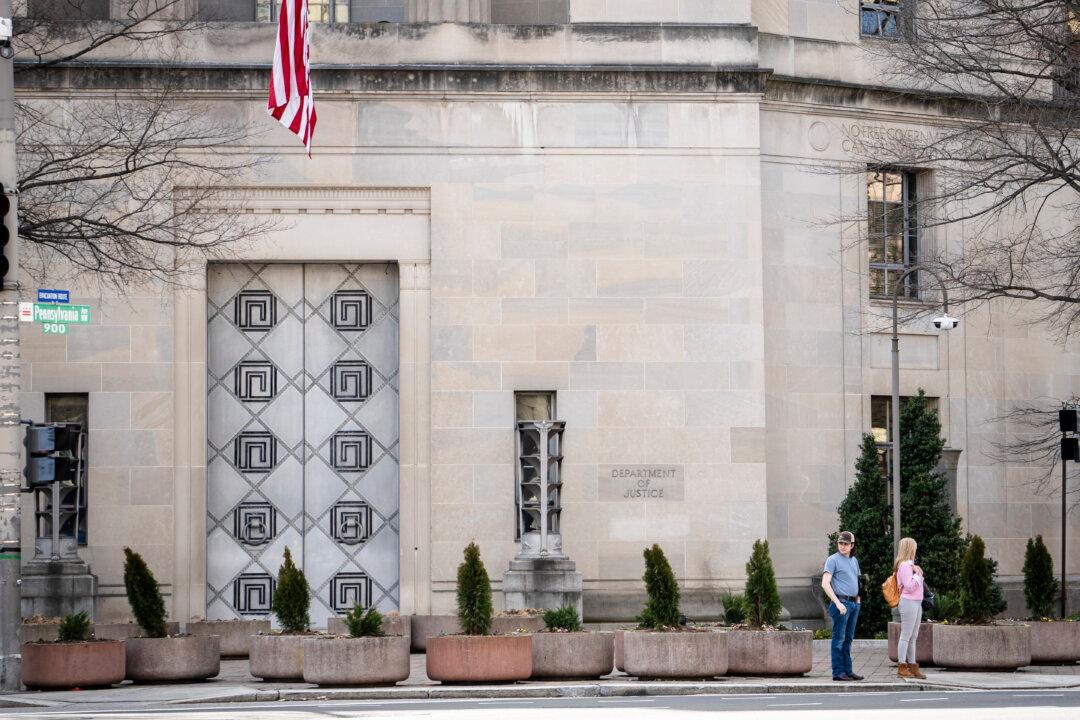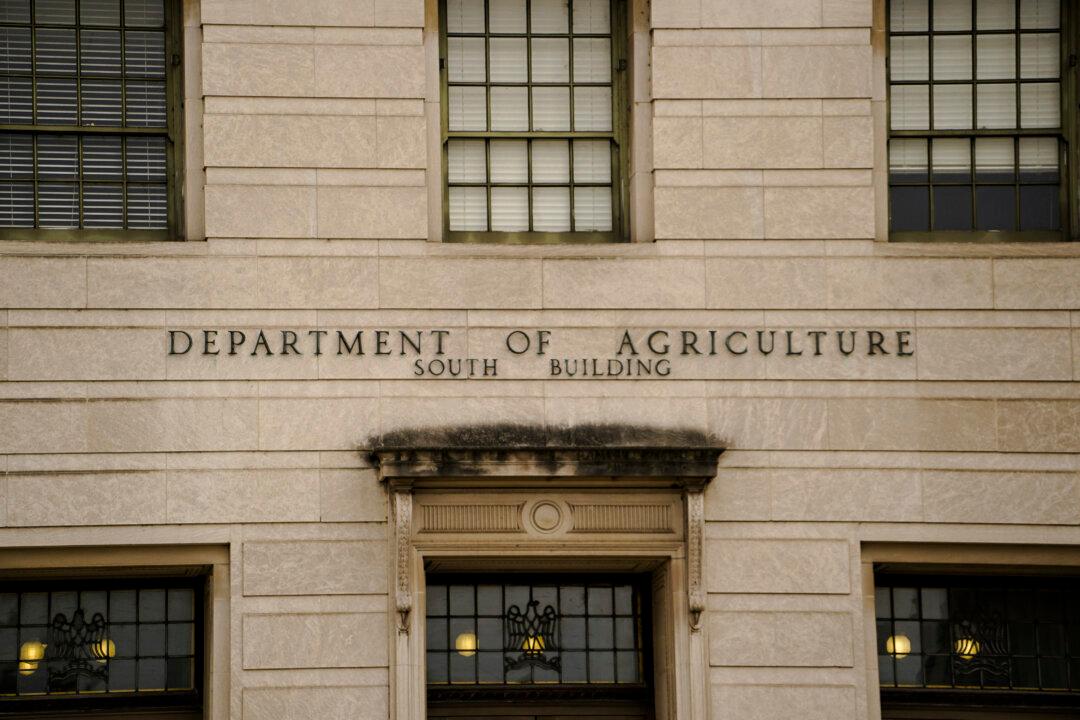The workers who do report for work typically receive back pay after the new appropriations legislation is approved.
Nine Cabinet-level departments and dozens of agencies were awaiting funding, including the departments of justice, commerce, interior, agriculture, and homeland security.
Other agencies and departments, including the Pentagon and U.S. Postal Service, were already funded; the partial shutdown affects about 25 percent of the government.
The Food and Drug Administration and NASA are among the departments and agencies that are closing due to the partial shutdown. The National Park Sevice said that parks would remain open but wouldn’t be staffed and most bathrooms would be closed.
National parks remained open in January during a temporary shutdown.
Workers were concerned about the shutdown, according to Anthony Reardon, head of the National Treasury Employees Union.
He also noted that a partial shutdown complicates the work for agencies that are affected, including the IRS and Customs and Border Control.

Most Shutdowns Last for Short Time
Marc Goldwein, senior policy director of the Committee for a Responsible Federal Budget, told Fox News that government shutdowns usually last for a short time.“Before 1980, the government didn’t really shut down,” Goldwein explained. “A lot of others were over the course of weekends. I call them ‘fake shutdowns.’”
The three most significant shutdowns took place under Democratic presidents; in the winter of 1995, the government shut down for 26 days as former president Bill Clinton and a Republican-controlled Congress negotiated. Another long shutdown took place under Clinton, and a stalemate in 2013 under former president Barack Obama between the House and the Senate led to a 16-day dispute.
One budget proposal was passed by the House before being approved for a vote by the Senate on Dec. 21. But Democrats vowed not to vote for the bill, which includes approximately $5 billion in funding for Trump’s border wall.




